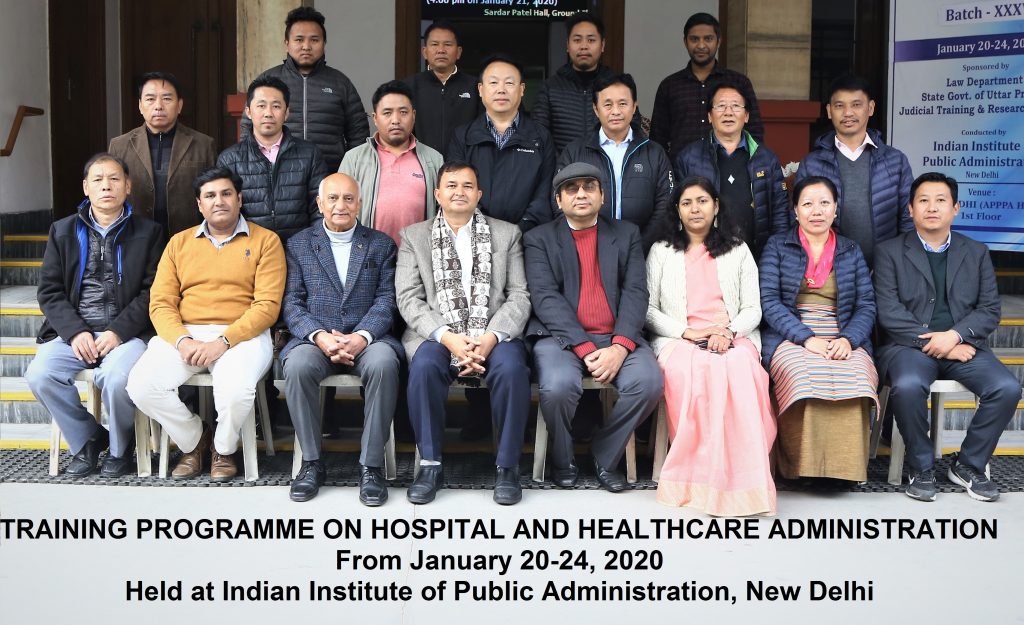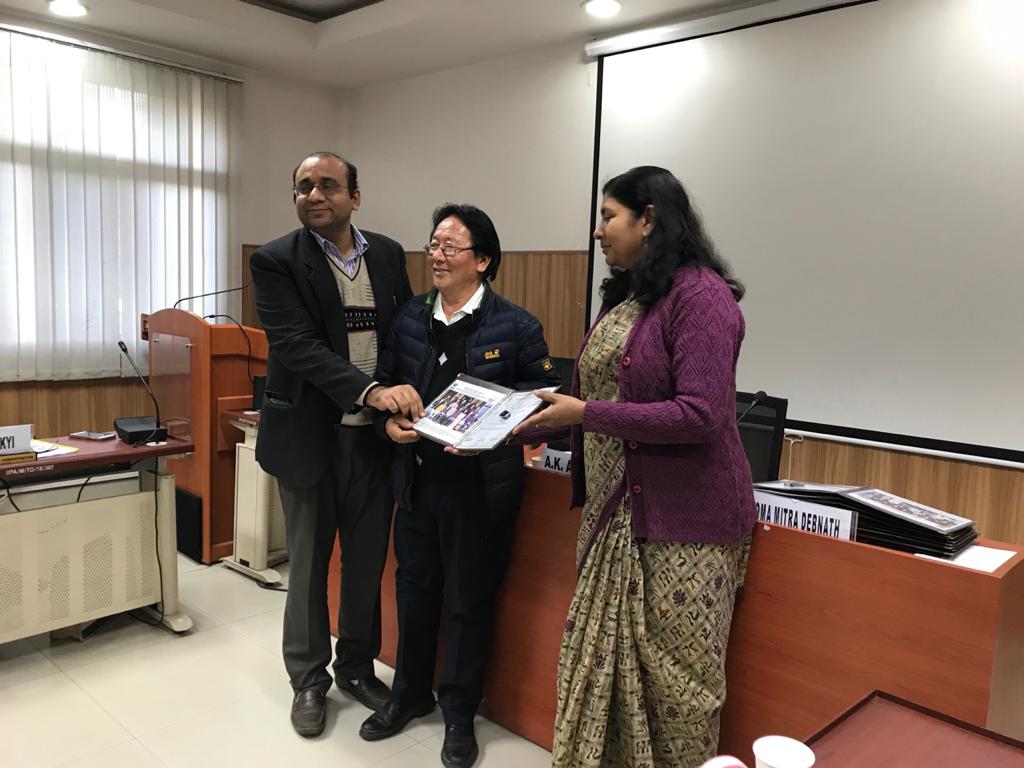In 2016, the Department of Health CTA conducted an assessment of the Tibetan Health system under the USAID-funded Tibetan Health System Capacity Strengthening Project to understand gaps and functional weaknesses in the efficient delivery of health services.
Post the assessment following observations were made: Health services provisioned at facilities and clinics lack clinical and patient quality standards and protocols, limited services available, lack of managerial skills among hospital administrators, lack of informed decision making, and weak financial status of health facilities to sustain against existing expenditure. To execute recommendations of health system assessment, the Optimal Service Model (OSM) project was introduced in 2017 by the Health Department. The primary goal of this project is to improve the financial sustainability of the DoHe health facilities and the quality of the healthcare, functioning at par with global best practices.
Four strategies adopted to achieve project goals are hospital quality improvement, human resource development, health center performance review/analysis, and strengthening health financing.
Scope of work includes:
1. Quality Improvement: Development of parameters, protocols, and guidelines for assessing and improving quality in DoHe OSM health facilities (Category-wise), Development and piloting quality standards, Training and capacity building of OSM health facilities on quality, patient safety, and Hospital administration related topics.
2. Human Resource development: Development of human resource performance indicators, assessment of facility manpower/ Technical capacity and Managerial capacity, Studies leading to policy support for approaches to attraction and retention of the skilled health care workforce.
3. Health center review and analysis: Evaluation of OSM health facilities as per quality parameters to maintain quality of infrastructure and services.
4. Healthcare financing: Review of health facility service charges, financial analysis of health facilities, infrastructure audits, studies of Public-Private Partnerships (PPPs), and alternative financing schemes such as outsourcing services, Capacity building of health facilities on health financing, PPP, and contracts management, etc.
In OSM Phase 1, six model facilities were selected for piloting: Bylakupee, Mundgod, Mainpat, Delhi, Sataun, and Tezu. Among six facilities, 2 health care facilities were piloted for clinic and the rest were under the category of PHC and Hospitals.
In OSM Phase 2, the Department of Health in 2018 selected seven facilities to be upgraded as per OSM guidelines. Seven hospitals selected under phase 2 are Dekyiling, Miao, Ladakh, Odisha, Hunsur, Kollegal, and Bir. Health facilities were assessed for their capacities based on infrastructure, equipment, essential primary and preventive care services, manpower, essential drugs, emergency care, referral provision, essential public health programs, and financial viability.

